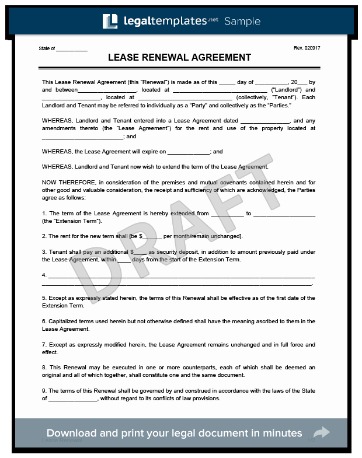What are accounts receivables aging reports + how to prepare them in 4 steps
Content

Doing so will help you determine when customers are starting to pay more slowly, which will, in turn, help you prevent cash flow problems in your business. Let’s say John Melton’s $450 balance is all on one invoice, and that invoice was due on January 25, 2020. Because we ran the accounts receivable aging report on January 26, 2020 — and because we haven’t received and posted John’s payment https://kelleysbookkeeping.com/ yet — his balance is appearing in the 1-30 column. An additional use of the aging report is by the credit department, which can view the current payment status of any outstanding invoices to see if customer credit limits should be changed. This is not an ideal use of the report, since the credit department should also review invoices that have already been paid in the recent past.
- With just one click, aging reports can be built and presented to stakeholders.
- But with your AR aging report, you can track and let customers know about incurring any late penalties before they happen.
- By estimating bad debts, you can adjust your allowance for doubtful accounts, which basically means you’ll determine how much money you’re prepared to lose on unpaid bills.
- This slow payment is problematic since roughly one in three small businesses (30%) say that these outstanding invoices create cash flow problems that jeopardize their ability to remain in business.
- Essentially, aging reports will help the management team understand why payments are late and come up with a plan to make sure this doesn’t happen in the future and affect the cash flow.
Accounts receivable are the amounts owed to a business by a customer who purchased something on credit. You’ll also add these values to the total if you apply late fees or penalties. You’ll need to give your consumers this total and facts from their previous invoices to back up your claim when you call them.
What Information Is In an Accounts Receivable Aging Report?
All financial products, shopping products and services are presented without warranty. When evaluating offers, please review the financial institution’s Terms and Conditions. If you find discrepancies with your credit score or information from your credit report, please contact TransUnion® directly. Along the left-hand side of the report is a listing of each customer that has an open balance with Craig’s Design and Landscaping. Finally, the company’s auditors may use the report to select invoices for which they want to issue confirmations as part of their year-end audit activities. Step 4) — Then add different aging columns, such as current, 1 to 30 days past due, 31 to 60 days past due, 61 to 90 days past due, and 91+ days past due.

Accounts receivable aging reports are also required for writing off bad debts. Tracking delinquent accounts allows the business to estimate the number of accounts that they will not be able to collect. It also helps to identify potential credit risks and cash flow issues.
What is an example of aging an accounts receivable?
Transform your accounts receivable processes with intelligent AR automation that delivers value across your business. Accounts receivable aging is the process of distinguishing open accounts receivables based on the length of time an invoice has been outstanding. For example, most companies bill their customers toward the end of the month, and the aging report is generated days later. This means How To Use An Accounts Receivable Aging Report that the report will show the previous month’s invoices as past the due date, when, in fact, some could have been paid shortly after the aging report was generated. The aging report also shows the total invoices due for each customer when grouped based on the age of the invoice. The company should generate an aging report once a month so management knows the invoices that are coming due.
- Accounts receivable aging reports are used by businesses to keep track of customers who have unpaid invoices.
- You’ll be able to visualize your invoice timeline and more quickly identify overdue accounts.
- The A/R Aging Detail report shows transactions based on the date they are closed, as opposed to the date they are applied.
- You can also look at your collections process to identify where you can improve your follow-up communication.

Leave a Reply
Want to join the discussion?Feel free to contribute!